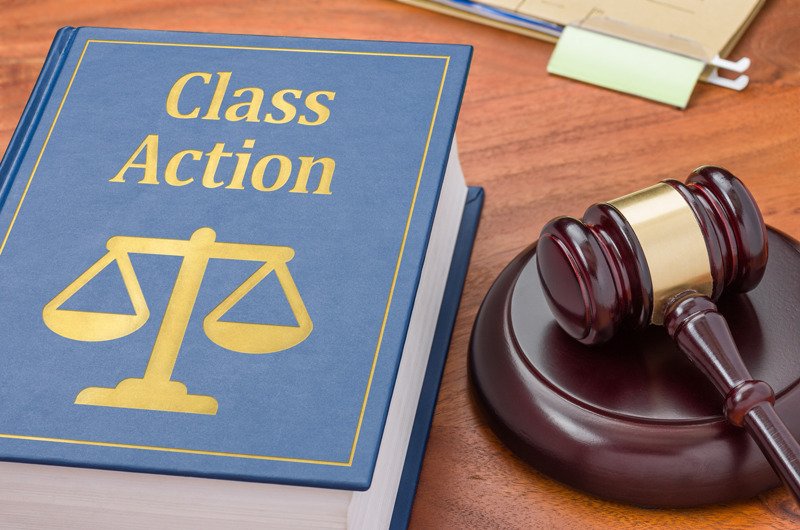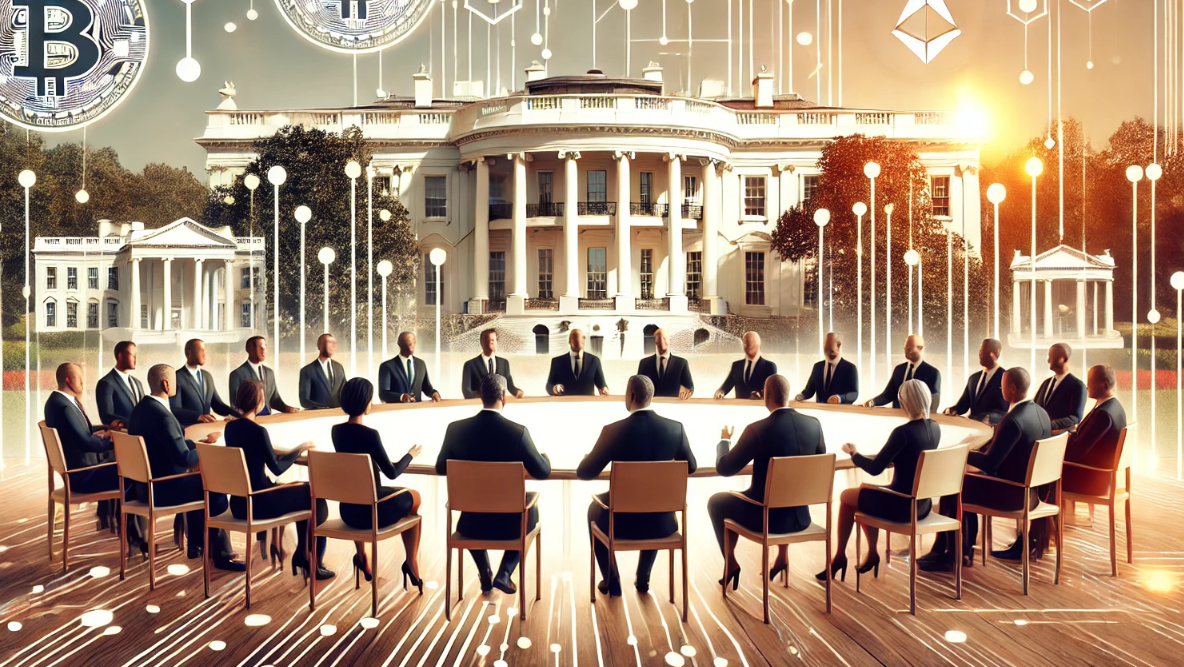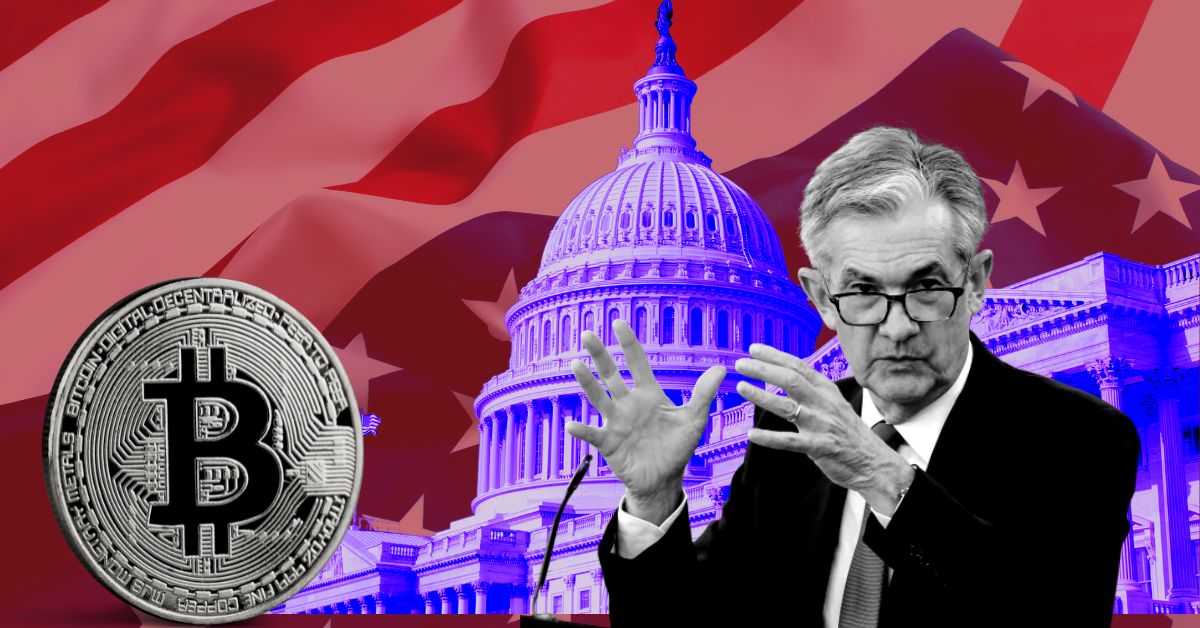In a significant development for XRP investors, federal judge Phyllis J. Hamilton from the United States District Court for the Northern District of California has certified a class of investors in the class-action lawsuit Zakinov vs. Ripple Labs Inc. The lead plaintiff alleges that Ripple violated federal and state laws by failing to register its digital asset, XRP, as a security.
The judge’s order enables tens of thousands of XRP purchasers to assert their securities claims against Ripple, its subsidiary XRP II, and CEO Bradley Garlinghouse as part of the class. As Bitcoinist reported, the last hearing in the XRP investor class action lawsuit against Ripple took place two months ago.
Lead plaintiff Bradley Sostack, filed a motion to form a class consisting of all XRP owners worldwide who bought and now hold XRP or sold XRP at a loss.
What The Ruling Means For Ripple And XRP Investors
U.S. Senior District Judge Phyllis Hamilton, overseeing the litigation, issued the class certification order on June 30, affirming the right of U.S. investors to seek legal recourse. However, it is important to note that the defense attorneys successfully argued for limiting the case to U.S. investors, despite Ripple’s global reach.
Judge Hamilton acknowledged the evolving legal landscape surrounding cryptocurrencies and emphasized that different countries are grappling with the classification of digital assets. She expressed the need to allow other jurisdictions to enforce their own cryptocurrency regulations, stating, “Given the evolving legal landscape in this area, the court is unwilling to apply California law to a worldwide class of XRP purchasers.”
This ruling is a significant win for the lead plaintiff and his legal representatives, Susman Godfrey and Taylor-Copeland Law. Sostack alleges that he suffered a loss of $118,100 after selling his XRP in 2018 due to Ripple’s misleading statements regarding the status of the coin as a security. The decision paves the way for other XRP investors to join the class action and seek compensation for their alleged losses.
Unsurprisingly, Ripple and Garlinghouse’s defense attorneys contended that the class members held conflicting views on whether XRP should be considered a security. They argued that this divergence would create a conflict within the class.
However, Judge Hamilton dismissed this argument, stating that any disagreements could be addressed through the standard opt-out procedure, allowing dissenting class members to remove themselves from the lawsuit.
Looking ahead, Nick Spear of Susman Godfrey expressed satisfaction with the court’s decision and looks forward to the next phase of the litigation. On the other hand, a spokesperson from Ripple highlighted the rejection of the plaintiffs’ request for a “worldwide class” and emphasized the importance of allowing other countries to regulate cryptocurrencies as they see fit.
The spokesperson also mentioned the court’s willingness to await the outcome of the ongoing SEC v. Ripple case before proceeding further:
With this ruling, the court also indicated its willingness to await the outcome of the SEC v. Ripple case before moving forward with this suit, brought by professional plaintiff lawyers seeking to profit off the United States’ failure to provide regulatory clarity.
At press time, the XRP price stood at $
Featured image from GJEL Accident Attorneys, chart from TradingView.com
Credit: Source link












%20(1).png)


































